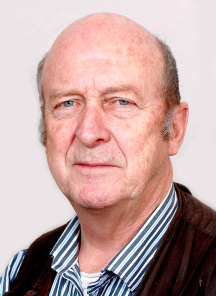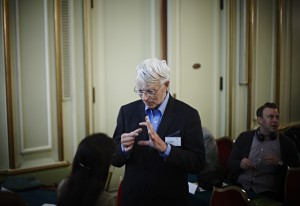Abstract:
Spirochete bacteria Borrelia burgdorferi sensu lato is the causative agent of Lyme disease, the most common tick-borne infection in the Northern hemisphere. There is a long-standing debate regarding the role of pleomorphic forms in Lyme disease pathogenesis, while very little is known about the characteristics of these morphological variants.
Here, we present a comprehensive analysis of B. burgdorferi pleomorphic formation in different culturing conditions at physiological temperature. Interestingly, human serum induced the bacteria to change its morphology to round bodies. In addition, biofilm-like colonies in suspension were found to be part of B. burgdorferi’s normal in vitro growth.
Further studies provided evidence that spherical round bodies had an intact and flexible cell envelope demonstrating that they are not cell wall deficient, or degenerative as previously implied. However, the round bodies displayed lower metabolic activity compared to spirochetes.
Furthermore, our results indicated that the different pleomorphic variants were distinguishable by having unique biochemical signatures. Consequently, pleomorphic B. burgdorferi should be taken into consideration as being clinically relevant and influence the development of novel diagnostics and treatment protocols.
Morphological and biochemical features of Borrelia burgdorferi pleomorphic forms.
Meriläinen L, Herranen A, Schwarzbach A, Gilbert L.
Microbiology. pii: mic.0.000027. Online before print, 2015 Jan 6.
http://mic.sgmjournals.org/content/early/2015/01/05/mic.0.000027



